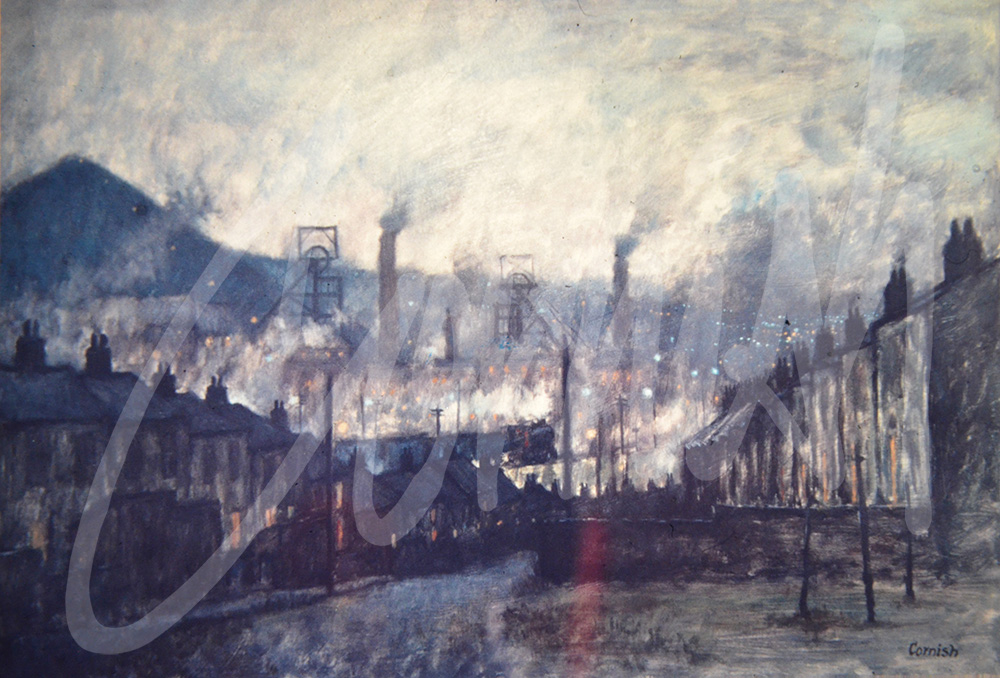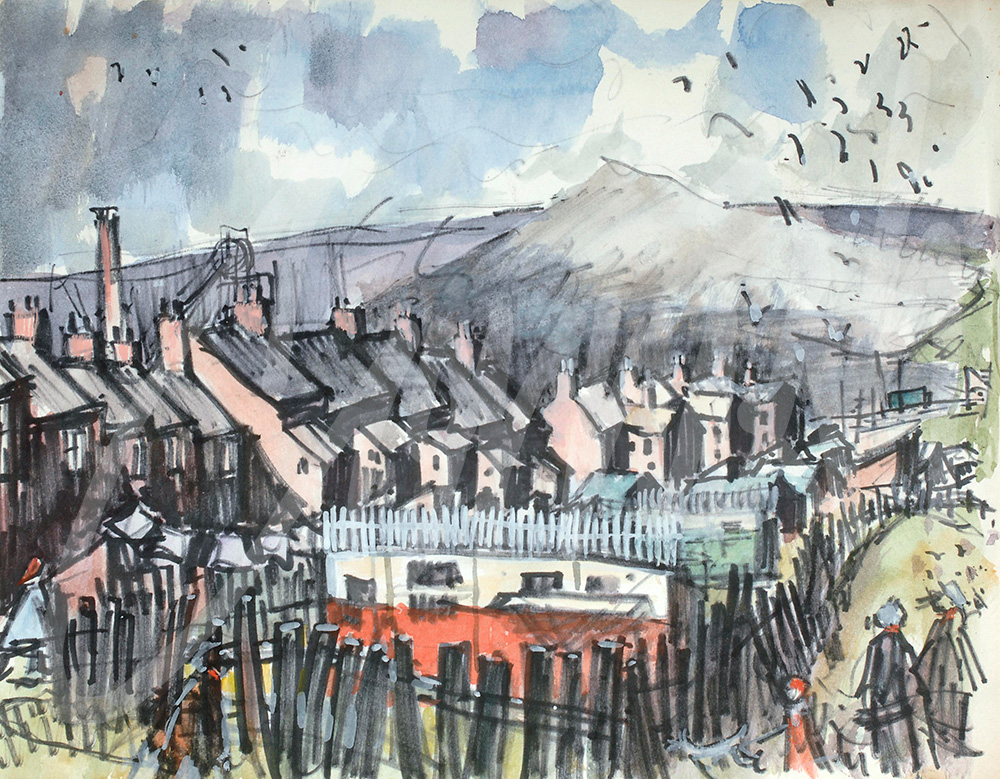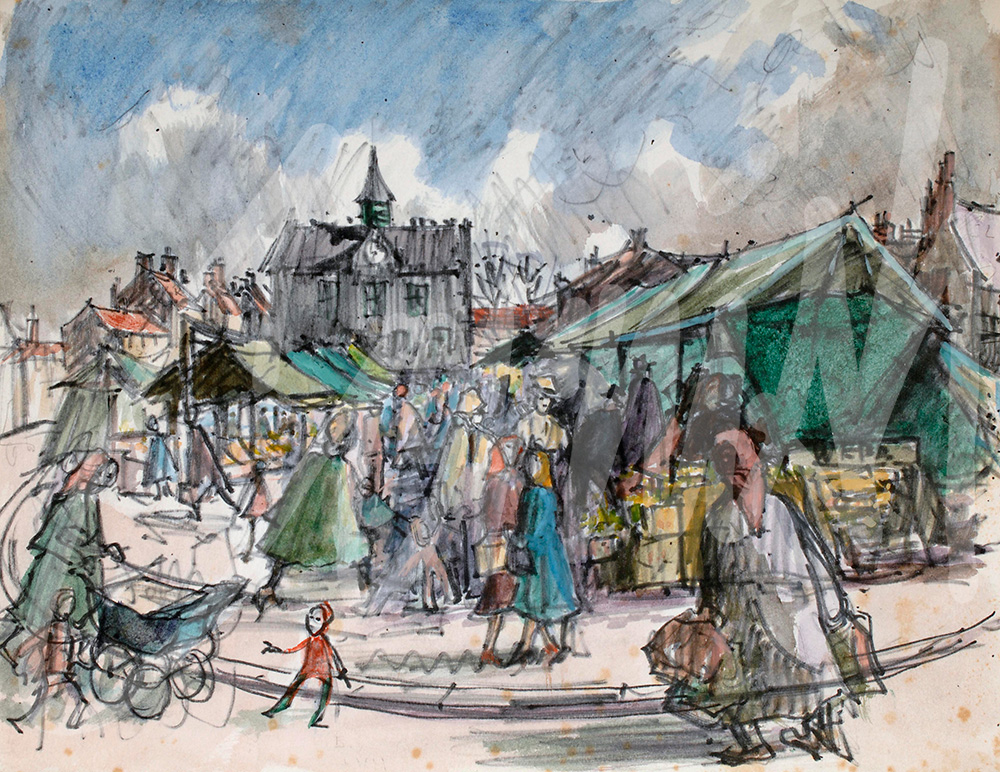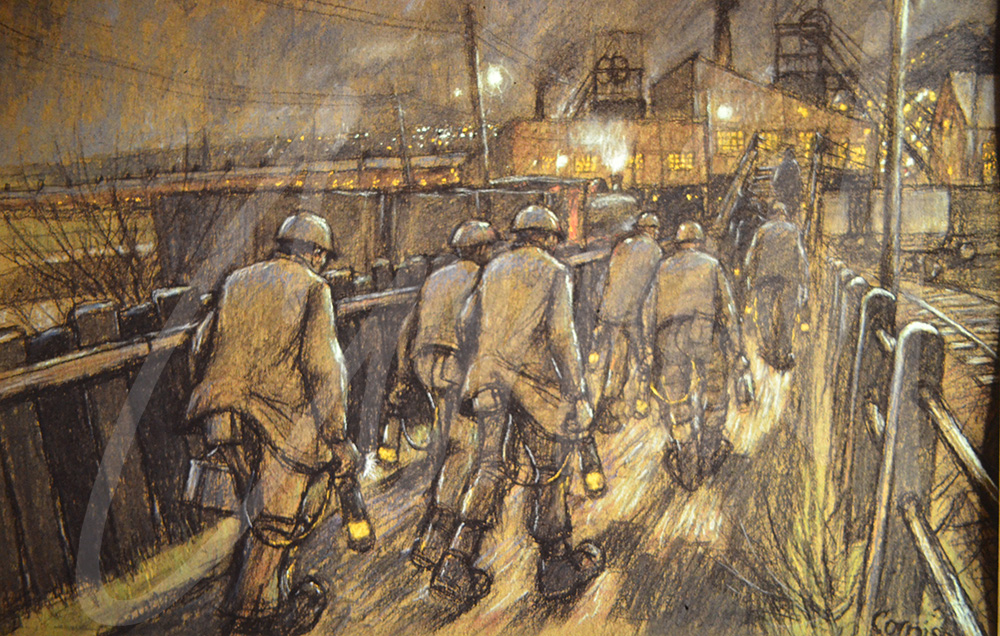
Latest News

Beyond the Pit Road
Cornish trudged the pit road to Dean and Chapter Colliery at Ferryhill for over thirty years in all weathers, all seasons and at all times of the night and day. The walk to work was almost three miles each way leading from the end of Bishop’s Close Street, under the railway bridge and passing a harsh industrial landscape on one side, contrasting with agricultural tranquillity on the other side….. but what lay beyond the pit road ?
Ferryhill is located on a high point on the Magnesian Limestone ridge which extends across the county from the east and which is visible at many locations. There is a natural gap in the ridge near Ferryhill Station which is where the main east coast rail line passes through. Durham Cathedral is visible from the ridge which continues to Kirk Merrington where the church is a landmark feature from many points in the county. The medieval Great North Road passes through a ‘cut’ in the ridge and is now classed as the A167. The remnants of the Dean and Chapter ‘pit heap’ have been landscaped but the outline shape remains visible. Ferryhill was also surrounded by other collieries such as Metal Bridge (drift mine), West Cornforth, Mainsforth, Chilton, Leasingthorne and Westerton.
In 1962 Cornish transferred to Mainsforth Colliery as some collieries became exhausted of coal reserves and the pit bus would collect the men at various points to take them to work. Mainsforth Colliery was the pit where Cornish was working when he received the call from Durham County Council to request that he ‘paint a mural’ to commemorate the opening of the new County Hall.
Cornish’s new journey to work meant that the bus would take him up Durham Road in Ferryhill into the village (as it was known) and then descend to Ferryhill Station and Mainsforth Colliery. Ferryhill was also the location of the largest Working Men’s Club in the region and a ‘wit’ once observed that hundreds would be homeless if it ever closed. The Friday market was a popular feature of life in ‘the village’ and some Ferryhill residents went on to achieve fame with some interesting careers such as: Jack Scott BBC weatherman for many years, Alan White, drummer with the Plastic Ono Band, George Harrison, and Yes. Sid Chaplin OBE lived in Gladstone Street in Deanbank during the 40s and 50s. He also worked at Dean and Chapter Colliery and he was a personal friend and contemporary of Cornish at The Spennymoor Settlement.
The Ferryhill connection continued and several years ago BBC Radio 4 broadcast a series of plays by Michael Chaplin called ‘The Ferryhill Philosophers,’ where an ex miner discusses some of life’s big questions with a philosopher from up the road at Durham University. Part of the answer to the big question, ‘what lies beyond the pit road ?’ can also be seen in Cornish’s paintings from a high view point at the top of Durham Road looking back at Dean and Chapter Colliery and ‘market day’ in the village.







